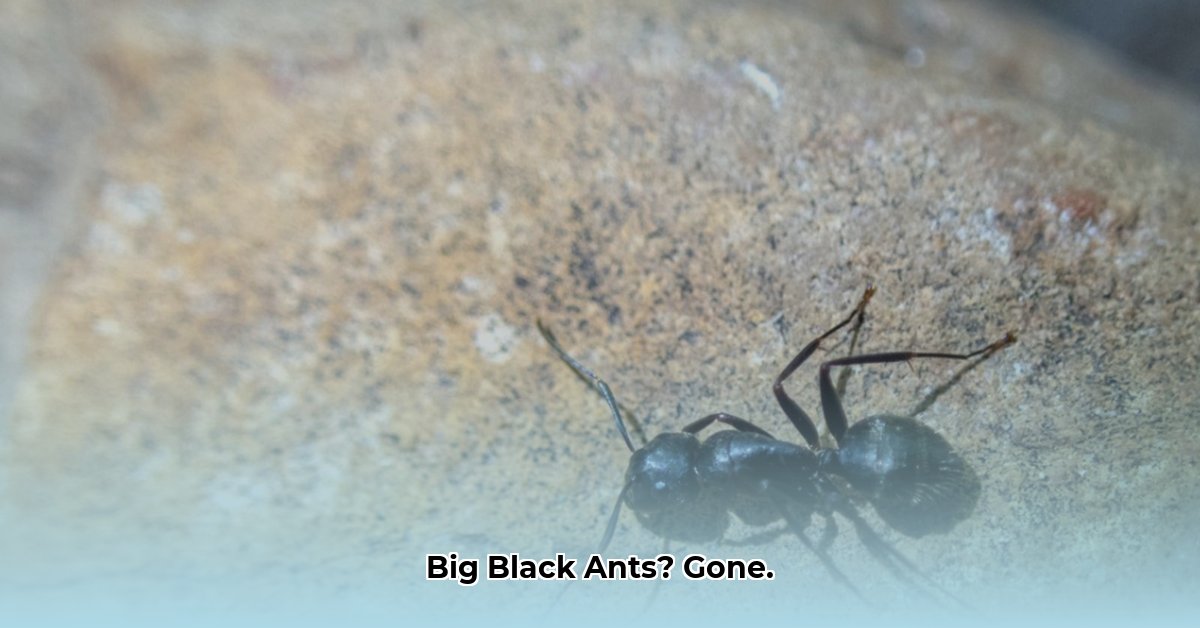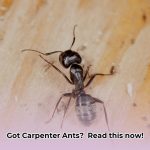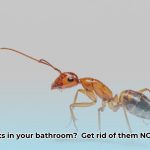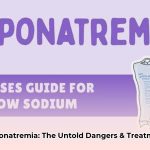Spotting big black ants in your house can be alarming, but don’t panic! Identifying and eliminating them is manageable with the right approach. This guide will walk you through everything you need to know, from identifying the culprits to preventing future infestations.
Know Your Enemy: Ant Identification
Correctly identifying the ant species is crucial for effective treatment. Is it a carpenter ant, or another large black ant? Let’s investigate.
The Usual Suspects
- Carpenter Ants: These are the heavyweights, ranging from ¼ inch to over ½ inch long. They’re typically black or reddish-black, with segmented bodies, bent antennae, and a noticeable waist. A key sign of carpenter ants is frass, a sawdust-like material they push out of their nests in wood. They don’t eat wood like termites, but their excavations can still cause structural damage over time. There are variations among carpenter ant species (like the Eastern Black Carpenter Ant and the Western Carpenter Ant), but large size and a preference for wood are reliable indicators.
- Other Large Black Ants: While less common indoors, ants like Black Harvester Ants or Hairy Panther Ants can wander in. These are typically larger and hairier than carpenter ants, and they prefer nesting in the ground rather than wood.
Ant Identification Cheat Sheet
| Feature | Carpenter Ant | Black Harvester Ant | Hairy Panther Ant |
|---|---|---|---|
| Size | ¼” – ½”+ | Larger | Larger |
| Color | Black, sometimes reddish | Black | Black |
| Hair | Varies by species. Some have noticeable hairs, others appear smooth. | Sparse | Dense, fuzzy |
| Nesting Site | Damp or decaying wood | Soil mounds | Ground, under rocks/logs |
A magnifying glass or your phone’s camera can help you examine the ant’s features. If you’re unsure, contact a pest control professional for expert identification.
Why Are They Here?: Understanding Ant Behavior
Ants invade homes in search of food, water, and nesting sites. Let’s decode their motivations.
What’s on the Ant Menu?
Ants follow scent trails laid by scout ants, leading them to these attractants:
- Sweets: Spilled soda, forgotten snacks, ripe fruit.
- Proteins: Pet food, leftovers, dead insects.
- Water: Leaky pipes, standing water, condensation.
Signs of an Infestation
- Frequent sightings: Regularly seeing multiple ants, especially large black ones, indoors.
- Trails: Lines of ants marching in single file.
- Wood damage: Small holes, frass, or hollow-sounding wood (carpenter ants).
- Swarmers: Winged ants indoors (indicates a mature colony nearby).
- Rustling sounds: Hearing rustling within walls, especially at night (carpenter ants).
Eviction Time: Ant Control Methods
Natural Approaches
- Vinegar: Disrupts ant scent trails. Spray a vinegar-water solution around entry points and ant trails.
- Coffee Grounds: Confuse ant navigation. Sprinkle used coffee grounds near ant activity.
- Natural Repellents: Bay leaves, mint, or essential oils (peppermint, tea tree, lavender) can deter ants. Place them in cupboards, pantries, or near entrances.
- Borax Bait: Mix borax with sugar to create a toxic bait. Keep away from children and pets.
Commercial Products
- Ant Baits: Contain slow-acting poisons that worker ants carry back to the colony. Choose a bait formulated for the specific ant species.
- Insecticides: Offer a quicker kill but may not reach the entire colony. Use with caution and follow label instructions.
Professional Help
Consider contacting a pest control professional if:
- The infestation is large or persistent.
- You’re having trouble locating the nest.
- You suspect carpenter ant damage.
Professionals have the expertise and tools for effective treatment and can identify underlying issues contributing to the infestation.
Prevention: Keeping Ants Out
The best defense is a good offense. Here’s how to prevent future infestations:
Seal the Perimeter
- Caulk cracks and crevices around windows, doors, and utility entry points.
- Repair or replace damaged window screens and weather stripping.
Eliminate Food Sources
- Clean up spills and crumbs immediately.
- Store food and pet food in airtight containers.
- Wash pet food bowls regularly.
- Maintain a clean kitchen.
Control Moisture
- Fix leaky pipes and faucets.
- Ensure proper ventilation in damp areas.
- Address any water damage.
Manage Wood Contact (for Carpenter Ants)
- Trim vegetation away from the house.
- Store firewood away from the foundation and elevated off the ground.
- Remove wood debris and tree stumps near the house.
Ongoing Research and Evolving Strategies
Research into ant behavior and control methods is ongoing. Some studies suggest that ants can develop aversion to certain baits, so switching bait formulations might be necessary. Integrated Pest Management (IPM) strategies, which combine prevention and targeted treatments, are gaining popularity for their sustainable and environmentally friendly approach.
By understanding ant behavior and employing these control strategies, you can effectively manage infestations and keep your home ant-free. Remember, persistence and a multi-pronged approach are often key to success.
- How Much Do Wellness Programs Cost Businesses To Offer? - December 16, 2025
- Wellness Fair Ideas for Work to Boost Employee Wellbeing - December 15, 2025
- Affordable Employee Wellness Fair Ideas for Any Budget - December 14, 2025
















